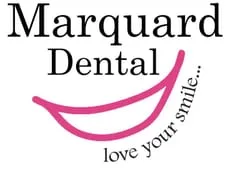What is Sleep Apnea?
Obstructive Sleep Apnea (OSA) occurs when the tongue and soft palate collapse onto the back of the throat. This blocks the upper airway causing air flow to stop. When the oxygen level drops low enough the brain moves out of deep sleep and the individual partially awakens. The airway then contracts and opens causing the obstruction in the throat to clear. The flow of air starts again usually with a loud gasp. When the air flow starts again you then move back into a deep sleep. The airway muscles collapse, as you awaken with a gasp. The airway clears onces again as the process repeats itself. This scenario may occur many times during the night. The combination of low oxygen levels and fragmented sleep are the major contributors to most of the ill effects that the sleep apnea patient suffers. In addition to excessive daytime sleepiness studies show that sleep apnea patients are much more likely to suffer from heart problems (heart attack, congestive heart failure, hypertension), strokes, as well as having a higher incidence of work related and driving related accidents.
How does Oral Applicance Therapy help to treat Sleep Apnea?
Oral appliances are worn in the mouth to treat snoring and OSA. These devices are similar to orthodontic retainers or sports mouthguards. Oral Applicane Therapy involves the selection, design, fitting and use of a custom designed oral appliance that is worn during sleep. This appliance then attempts to maintain an opened, unobstructed airway in the throat by repositioning the lower jaw, tongue, soft palate and uvula. This helps to stabilize the lower jaw and tongue as well as to increase the muscle tone of the tongue. They may be used alone or in combination with other means of treating OSA. These means include general health, weight management, surgery or CPAP.
Please call our office to schedule a free consultation to discuss Obstructive Sleep Apnea and the ways Oral Applicane Therapy can help you.

